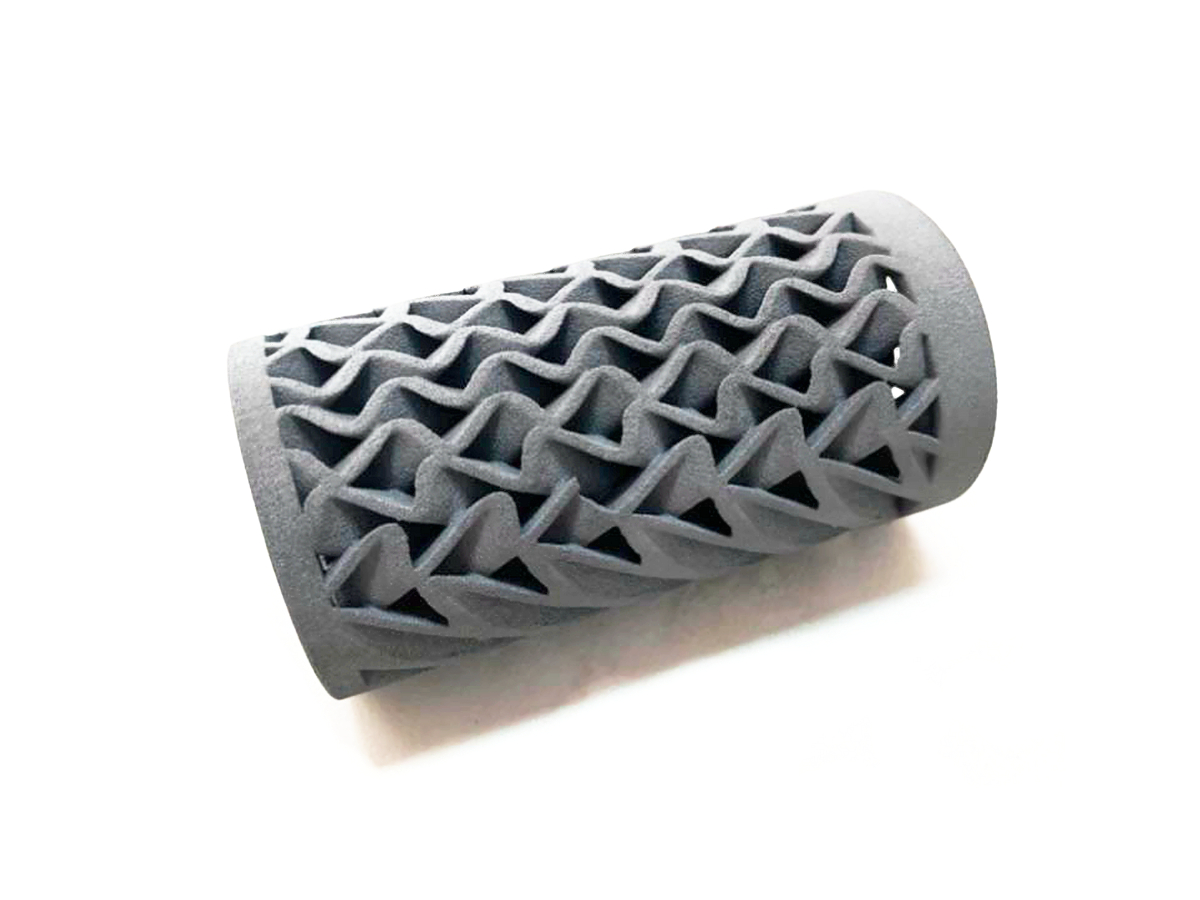Ceramic 3D Printing: Precision Engineering for High-Temperature Applications
Introduction to Ceramic 3D Printing
Ceramic 3D printing produces high-performance ceramic components that offer excellent heat resistance, wear resistance, and electrical insulating properties. These attributes make ceramics ideal for high-temperature applications, including aerospace, automotive, electronics, and medical devices. Ceramic 3D printing allows for the creation of complex geometries and customized parts with high precision, providing a unique advantage in industries where conventional manufacturing methods fall short.
At Neway 3D Printing, we specialize in ceramic 3D printing using materials such as Alumina (Al₂O₃), Zirconia (ZrO₂), and Silicon Nitride (Si₃N₄) to produce high-performance ceramic parts. These parts are perfect for applications requiring superior heat resistance, electrical insulation, and durability under extreme conditions. Our ceramic options are designed for aerospace, energy, and healthcare industries.
Material Performance Matrix
Material | Temperature Resistance (°C) | Corrosion Resistance (ASTM B117 Salt Spray) | Wear Resistance (Pin-on-Disc Test) | Ultimate Tensile Strength (MPa) | Application |
|---|---|---|---|---|---|
1600 | Excellent (2000 hours) | High (CoF: 0.3) | 380 | Electronics, Aerospace | |
2400 | Very Good (1500 hours) | Very High (CoF: 0.25) | 1200 | Aerospace, Medical Devices | |
1400 | Good (1000 hours) | High (CoF: 0.35) | 1100 | Aerospace, Power Generation | |
2200 | Excellent (3000 hours) | Very High (CoF: 0.2) | 1400 | Automotive, Aerospace |
Material Selection Guide for Ceramic 3D Printing
When selecting ceramic materials for 3D printing, the following considerations should be taken into account:
Temperature Resistance: For applications exposed to extreme heat, materials like Zirconia (ZrO₂) (up to 2400°C) and Silicon Carbide (SiC) (up to 2200°C) are ideal for high-temperature environments.
Corrosion Resistance: Alumina (Al₂O₃) offers excellent corrosion resistance, making it suitable for applications in electronics and aerospace where parts are exposed to corrosive environments.
Wear Resistance: Zirconia (ZrO₂) and Silicon Nitride (Si₃N₄) offer excellent wear resistance for parts exposed to abrasion and friction, making them perfect for power generation and automotive applications.
Strength Requirements: Silicon Carbide (SiC) offers the highest ultimate tensile strength (1400 MPa), making it suitable for high-stress applications such as automotive and aerospace components.
Process Category Matrix for Ceramic 3D Printing
Process | Material Compatibility | Build Speed | Precision | Surface Finish |
|---|---|---|---|---|
Alumina, Zirconia, Silicon Nitride | Moderate (30-50 mm/h) | High (±0.1mm) | Smooth to Fine | |
Alumina, Zirconia | High (50-100 mm/h) | Very High (±0.05mm) | Fine (Ra < 10 µm) | |
Alumina, Zirconia, Silicon Carbide | High (50-120 mm/h) | High (±0.1mm) | Rough (Ra > 20 µm) | |
Alumina, Zirconia, Silicon Nitride | High (50-100 mm/h) | Very High (±0.05mm) | Fine (Ra < 10 µm) |
Process Performance Insights:
Material Extrusion: This process is ideal for producing parts with moderate build speeds and high precision. It's commonly used for creating ceramic prototypes and parts with simple geometries.
Vat Photopolymerization: Provides very high precision with fine surface finishes, making it ideal for parts requiring tight tolerances. It is commonly used in the aerospace and medical industries to produce small, detailed ceramic components.
Binder Jetting: Suitable for producing larger parts at a faster build speed, although the surface finish is typically rougher. This method is commonly used for automotive and power generation parts.
Selective Laser Sintering (SLS): Offers high precision and fine surface finishes, making it ideal for producing parts with complex geometries that require strength and durability, often used in aerospace and power generation.
Process Selection Guide for Ceramic Parts
Material Extrusion: Best for applications that require moderate build speed and high precision, such as prototyping or creating simple ceramic components.
Vat Photopolymerization: Ideal for applications where high precision and fine surface finish are critical, often used for medical and aerospace components.
Binder Jetting: Suitable for high-speed production of larger ceramic parts, often used for automotive and industrial applications.
Selective Laser Sintering (SLS): Provides superior precision and is ideal for parts with complex geometries, which is commonly used in aerospace and energy applications.
Case In-Depth Analysis: Ceramic 3D-Printed Aerospace and Automotive Components
Aerospace Industry: We used Zirconia (ZrO₂) to produce high-precision turbine blade components through Vat Photopolymerization. The parts needed to withstand high temperatures and aggressive environments, and the Zirconia material provided excellent thermal stability, making it an ideal choice. The Vat Photopolymerization process allowed us to produce parts with intricate geometries and superior performance in extreme conditions.
Automotive Industry: For an automotive application, we produced custom Silicon Carbide (SiC) parts using Binder Jetting for a high-performance braking system. The material's exceptional wear resistance and high strength made it ideal for parts exposed to high friction. The Binder Jetting process allowed us to produce large quantities of parts while maintaining high precision quickly.
FAQs
What are the main benefits of ceramic 3D printing for high-temperature applications?
How does Selective Laser Sintering (SLS) compare to other ceramic 3D printing processes?
What are the best ceramic materials for aerospace components?
How can ceramic 3D printing improve the efficiency of automotive manufacturing?
What industries benefit the most from ceramic 3D printed parts?

